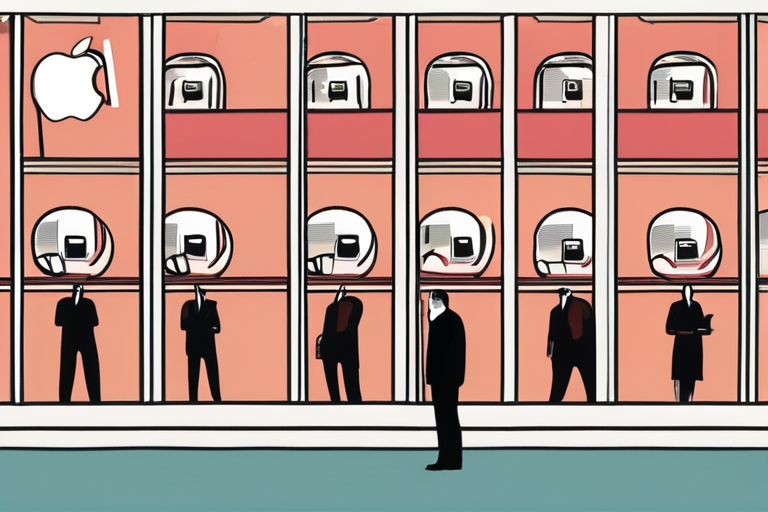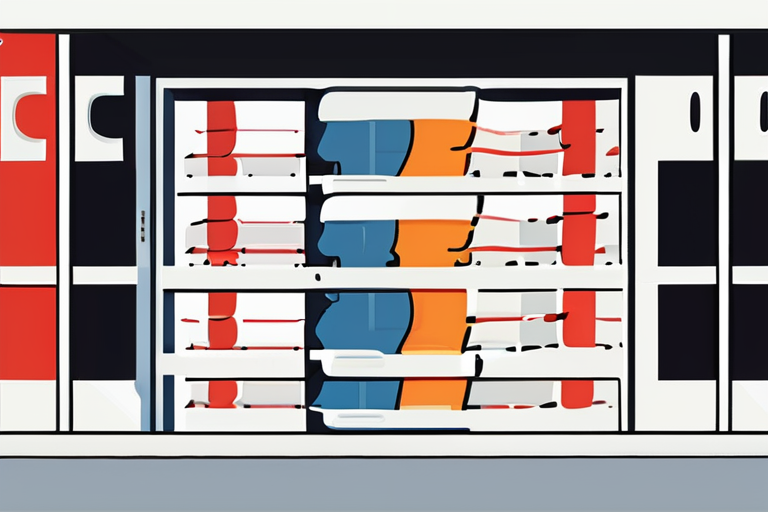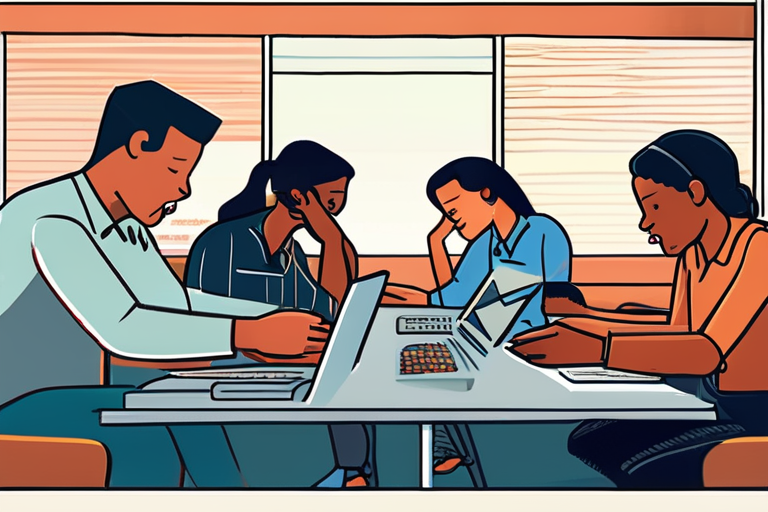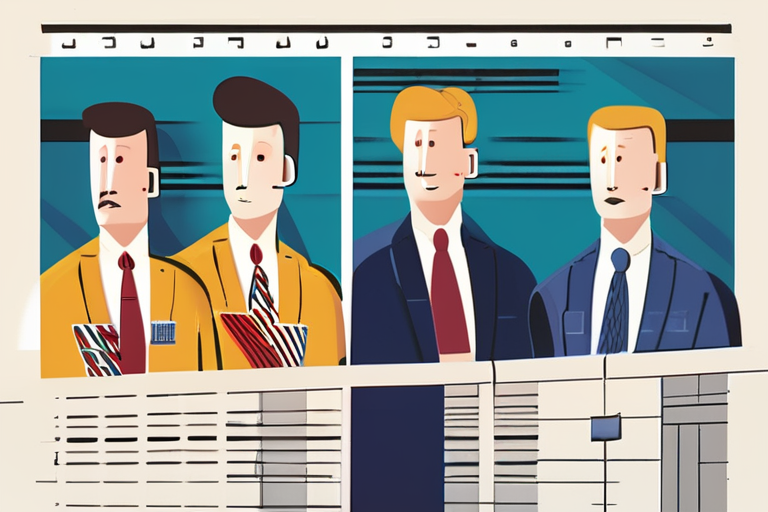Deep in the cutthroat world of corporate high-stakes, a secret hierarchy has long been whispered about among top executives. It's a ranking system that separates the truly exceptional from the merely adequate, and it's based on a simple yet profound distinction: what drives each individual to succeed. According to Deepali Vyas, a seasoned executive recruiter who's interviewed over 50,000 top performers, the difference between A, B, and C players is more than just a matter of talent or skill – it's a matter of motivation.
Vyas, a social media influencer with over 300,000 followers on TikTok, has spent years studying the inner workings of top companies and has distilled her findings into a straightforward yet powerful framework. In a recent video, she revealed the key to understanding why some professionals thrive while others stagnate, and it all comes down to what she calls the "confident vs. calculated vs. careful" mindset.
For A-players, the top tier of performers, it's all about embracing challenge and pressure. They're the ones who actively seek out stretch goals, ambitious feedback cycles, and colleagues who push them to be their best. They're the ones who grow in high-stakes environments, who thrive on the thrill of competition and the rush of adrenaline that comes with it. Think of them as the Tom Bradys of the corporate world – the ones who consistently deliver under pressure and always seem to rise to the occasion.
In contrast, B-players are driven by recognition and validation. They perform competently enough to earn praise, but they're also careful to avoid situations that might expose gaps in their expertise. They're the ones who play it safe, who stick to what they know and avoid taking risks. They're like the reliable but unremarkable quarterbacks who always show up to the game, but never quite seem to take it to the next level.
And then there are the C-players, who are driven by a desire for comfort and security. They're the ones who prefer to stick to routine, who avoid taking on new challenges and who prioritize stability over growth. They're like the benchwarmers of the corporate world – the ones who show up, but never quite seem to contribute.
But here's the thing: most professionals believe they're A-players until they learn what separates truly exceptional talent from the rest. They think they're high performers, but in reality, they're just B-players in disguise. According to Vyas, the real threat to organizational performance isn't the C-players – it's the B-players who masquerade as A-players but are actually holding back the team.
"I've seen it time and time again," Vyas says. "A B-player will come in and say, 'I'm an A-player, I'm a high performer.' But when you dig deeper, you realize they're just playing it safe. They're not taking risks, they're not pushing themselves to be better. They're just going through the motions."
Vyas's framework has been tested and validated by top companies across industries, and the results are striking. In one study, A-players were found to be 30% more productive than B-players, and 50% more productive than C-players. They were also more likely to take on new challenges, to innovate and to drive growth.
So what can be done to identify and develop A-players? According to Vyas, it starts with creating an environment that rewards challenge and pressure. This means setting stretch goals, providing feedback that's both constructive and actionable, and creating a culture that values risk-taking and innovation.
"It's not about being mean or tough," Vyas says. "It's about creating an environment that allows people to grow and develop. When you do that, you'll be amazed at what people can achieve."
As the corporate world continues to evolve and adapt to the changing landscape, one thing is clear: the A-players will be the ones who thrive. They'll be the ones who drive growth, who innovate and who push the boundaries of what's possible. And for the rest of us, it's time to take a hard look at ourselves and ask: am I an A-player, or am I just playing it safe?



























Share & Engage Share
Share this article